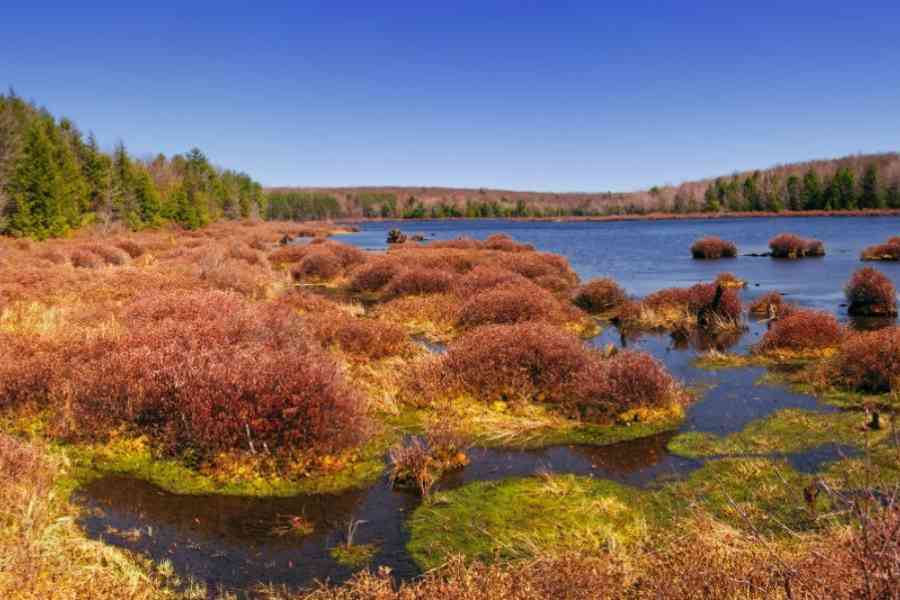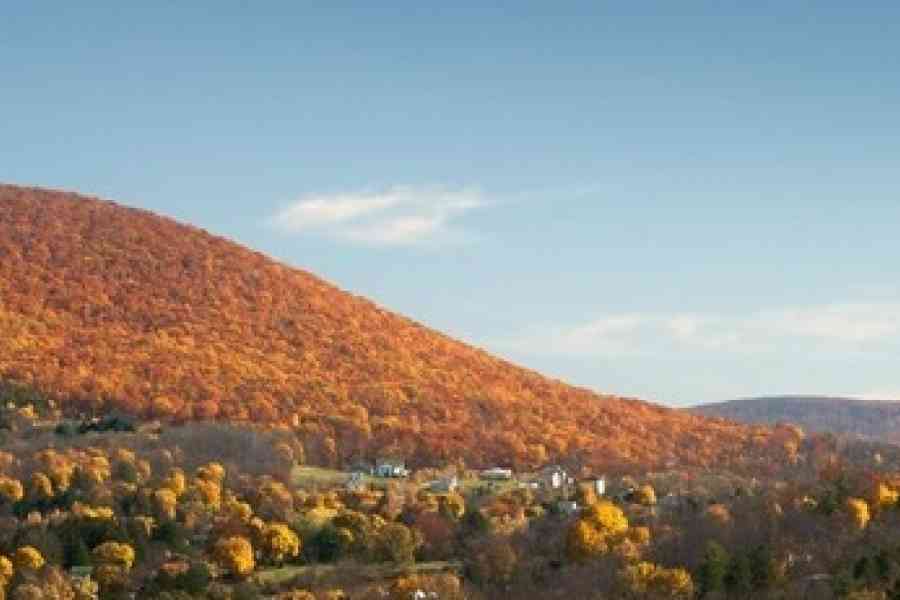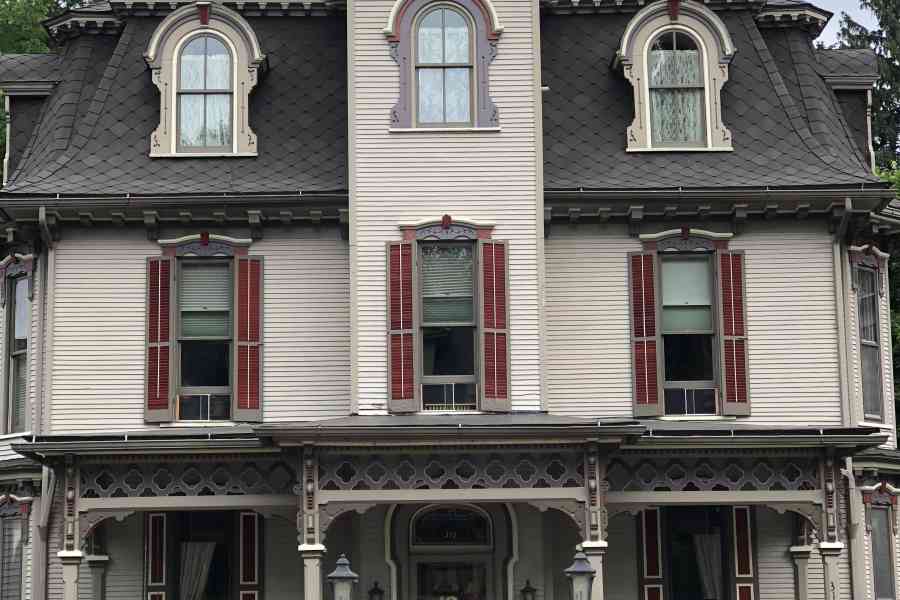Pennsylvania’s Elk Herd: Past and Present
Native elk roamed Pennsylvania’s mountainsides before colonization. Moose and buffalo also inhabited the region. By the 1860s, only a few elk remained in Elk and Cameron counties. Hunting was unregulated then, and by the late 1870s, the last native eastern elk had been shot for food.
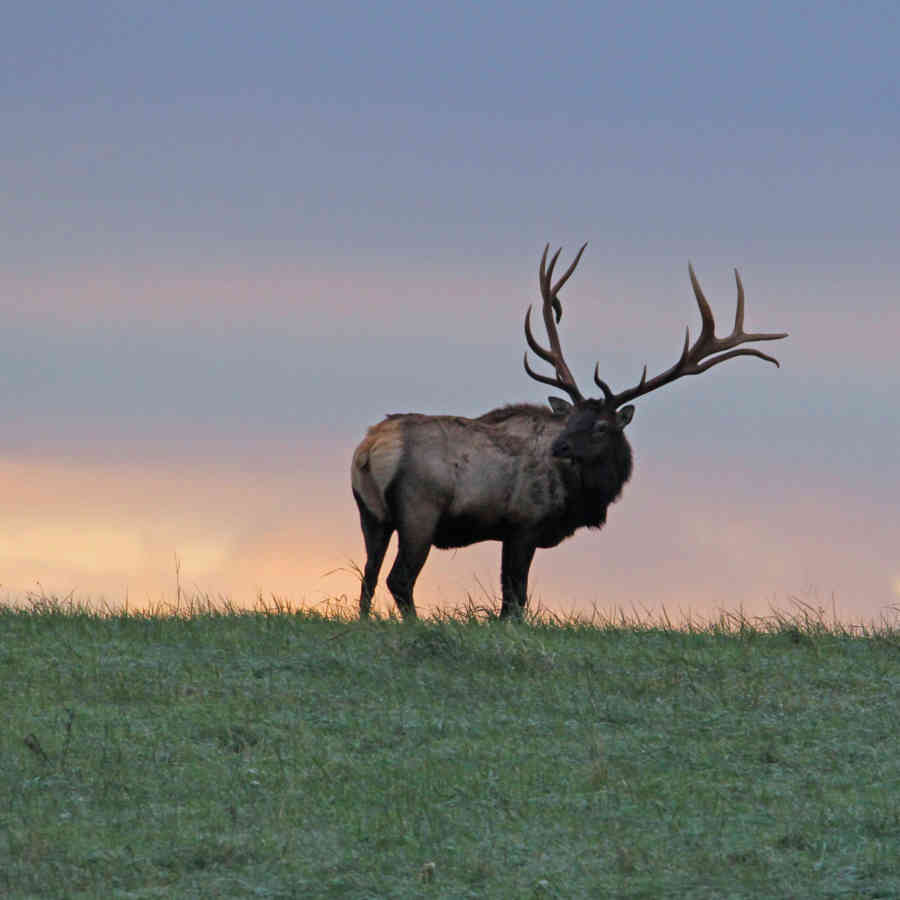
Today, more than 1,000 elk live in 10 north-central counties, including areas near Happy Valley. Reaching this point took time and tremendous effort.
The Pennsylvania Game Commission decided to acquire some of the overpopulated western elk from Yellowstone. In 1913, the first shipment of 50 western elk was released in Clinton and Clearfield counties. In 1915, 95 more were purchased and released in six Pennsylvania counties. The herd increased but caused problems in some agricultural areas.
The first hunting season was held in 1923 for bull elk only, with 23 legal bulls harvested. Over the next three years, only 25 more elk were taken. In 1927, 26 bulls were harvested. Numbers slowly declined, with only five taken in 1930. The season was closed due to concerns about the small population.
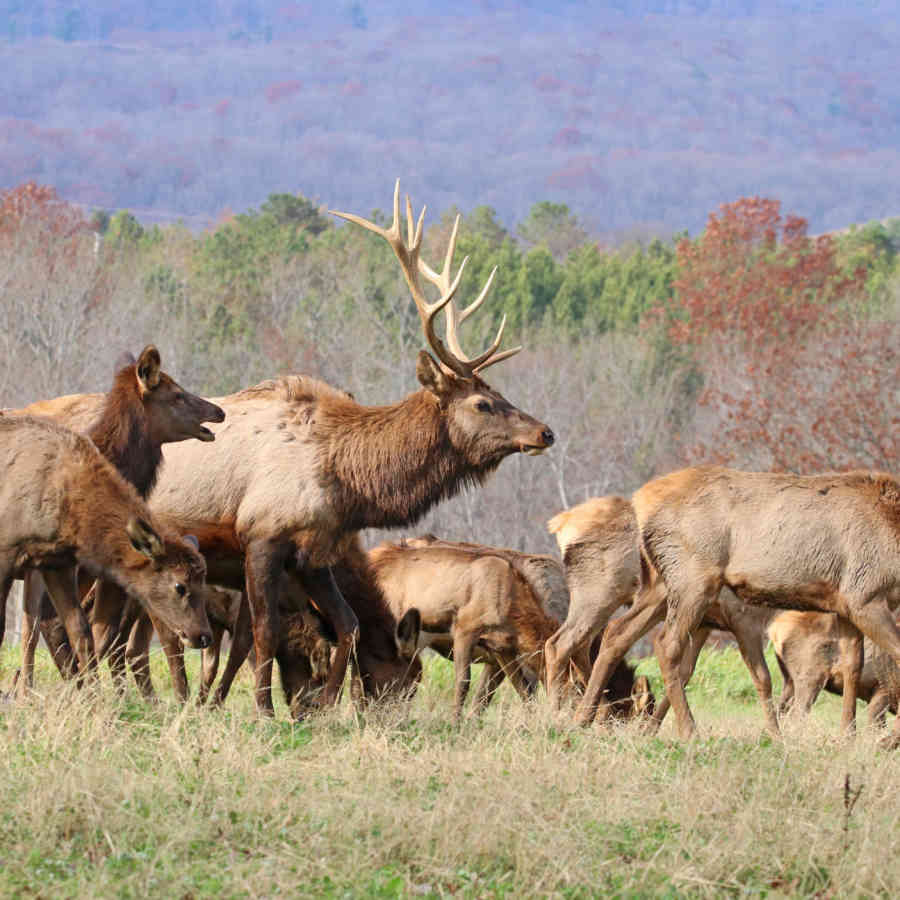
By the 1950s, it was estimated that as few as 50 elk remained in the state. By 1965, the population in Elk and Cameron counties may have been as low as 24. Penn State University partnered with the Game Commission to study Pennsylvania’s elk; a 1971 census counted about 65 animals. By 1974, the population estimate was just 38 elk.
The Game Commission and the Department of Conservation and Natural Resources began habitat improvements to benefit the elk. By 1981, the herd had grown to an estimated 135 animals, but reproductive gains were offset by poaching, crop damage kills, and vehicle collisions. At this time, Pennsylvania’s elk range covered about 250 square miles.
As habitat acquisition and enhancement efforts expanded, the herd responded. By 1993, the population had grown to 224 and continued increasing gradually.
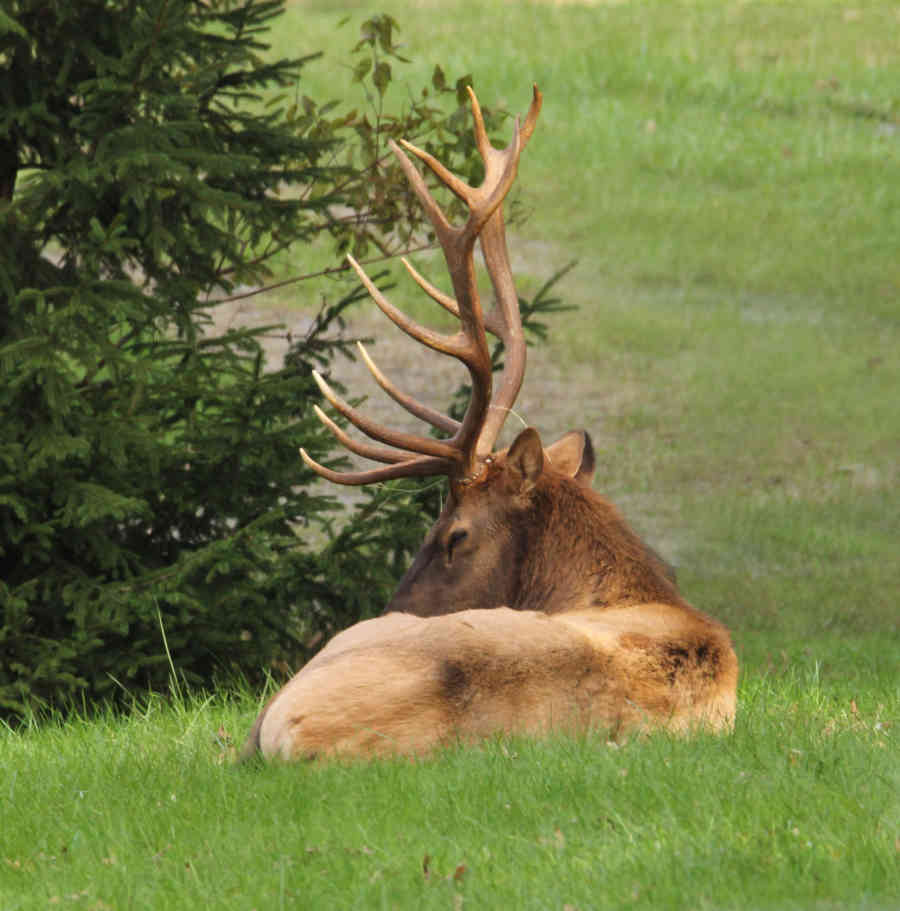
Growth was significant enough that in 2001, the Game Commission held its first elk hunting season in more than 70 years. Thirty licenses were awarded through a lottery, and 27 elk were harvested. Each year, a limited elk season has been held since the herd continued to grow and expand its range to 3,000 square miles. In 2024, 140 elk licenses were awarded over three seasons: archery, general, and late season.
Today, Pennsylvania is home to the largest wild elk herd in the Northeast, with approximately 1,400 animals. The elk inhabit 10 counties, with the majority in Elk, Cameron, Clinton, Clearfield, and northern Centre counties. The elk range extends roughly from north of I-80 to south of Route 6. The Pennsylvania elk herd is a major attraction for nature lovers and hunters.
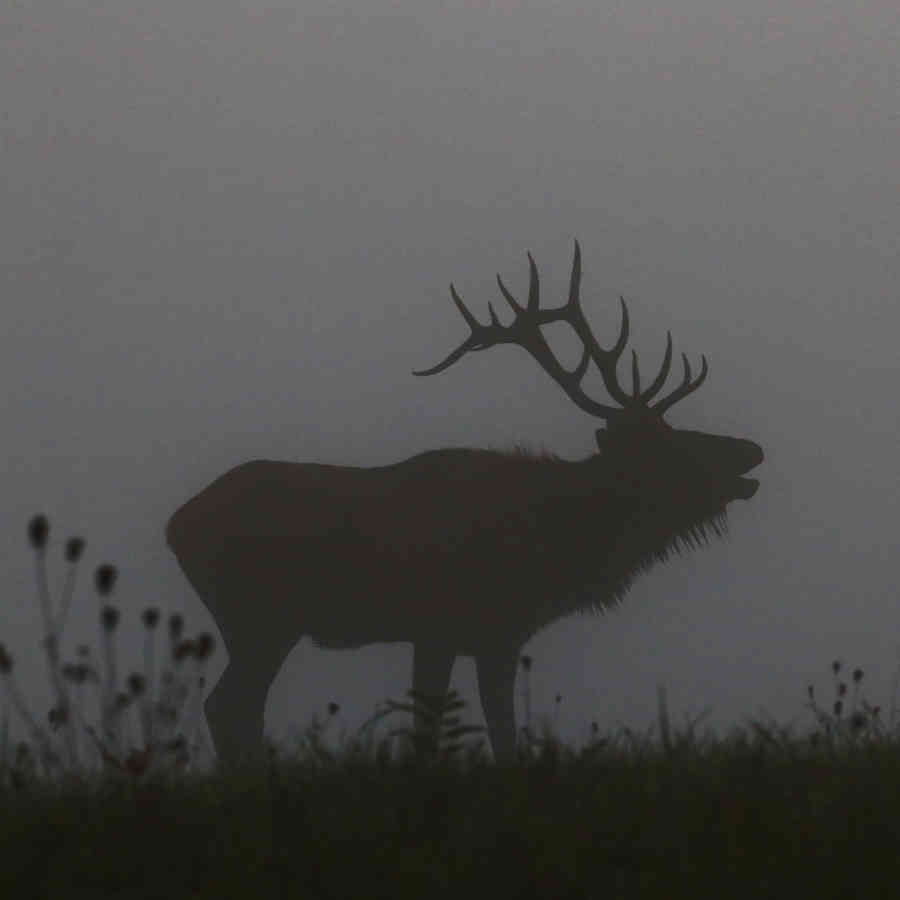
Elk Viewing
The center for elk viewing in Pennsylvania is Benezette, in Elk County—about an hour and 20-minute drive northwest of State College. Elk or no elk, this is a scenic drive through one of the Commonwealth’s most remote regions. The area is aptly named “The Pennsylvania Wilds.”
In and around Benezette, visitors can explore the Elk Country Visitor Center and three nearby elk viewing areas: Dents Run, Woodring Farm, and Winslow Hill. The visitor center is a must-see for first-time elk viewers, featuring exhibits and an incredible 4D video presentation. Short trails at the center offer chances to see elk and other wildlife. Visitors can also enjoy a meal in Benezette or purchase local wine and spirits.
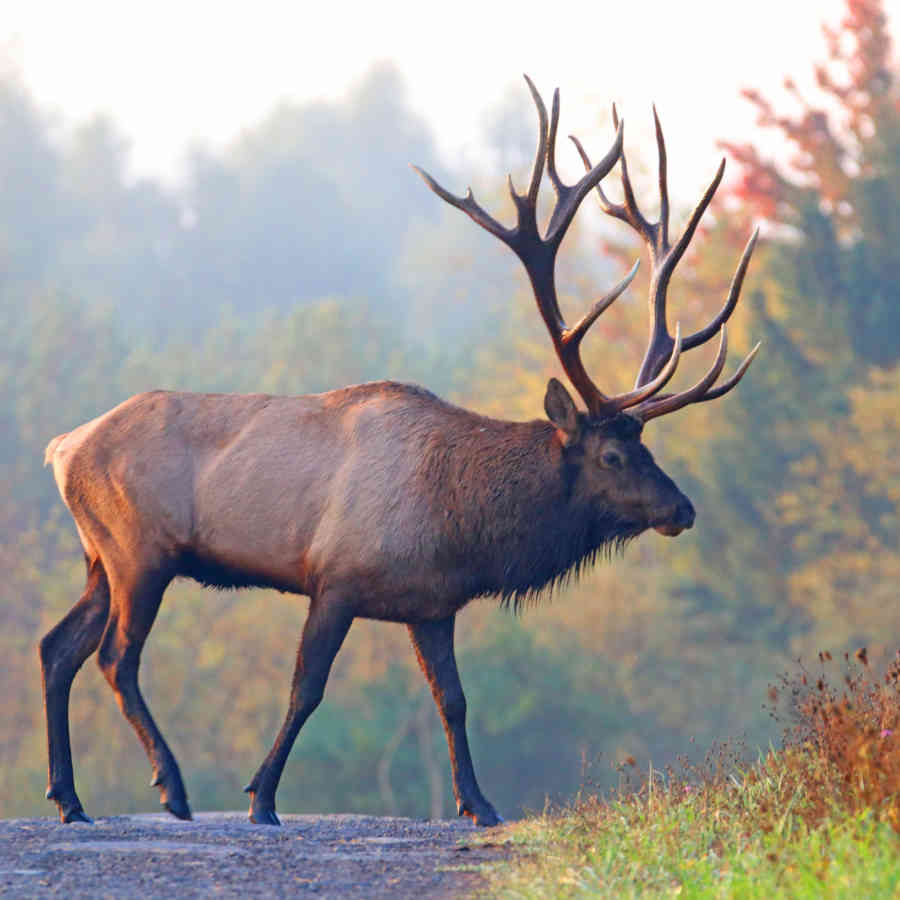
Elk may also be spotted in areas closer to Happy Valley, such as Karthaus, Keewaydin, Frenchville, Piper (also known as Quehanna), Weedville, and Medix Run, as well as in the Quehanna Wild Area. The Pennsylvania State Parks of Sinnemahoning and Kettle Creek are good places for elk sightings.
Visitors can use I-80 as a base to follow the 127-mile Elk Scenic Drive, which runs through parts of five counties in the heart of Pennsylvania’s elk range. The drive follows state highways: Take Route 153 north from Exit 111 on I-80, pick up Route 255 in Penfield, and continue northeast through Weedville, Medix Run, Benezette, Hicks Run, and Driftwood. From Driftwood, follow Route 120 southeast through Sinnemahoning State Park to Renovo. Route 144 then leads south from Renovo, rejoining I-80 at Exit 147 in Snow Shoe.
"Today, Pennsylvania is home to the largest wild elk herd in the Northeast, with approximately 1,400 animals."
- Mark Nale
For a more off-the-beaten-path experience, consider taking Rolling Stone Road north from Kylertown (I-80 Exit 133). Other scenic roads for elk viewing include Woolridge Road, Caledonia Pike, and Keewaydin Road, which branch off from Rolling Stone Road. A good resource for navigating these back roads is the Moshannon-Quehanna edition Purple Lizard Map.
The best time to view elk is in the early morning when they often move into open areas, though they can be spotted at any time.
Stay locally to get an early start on your elk-viewing adventure. State College offers many hotel options, but for a more unique stay, consider The Nature Inn at Bald Eagle State Park or The Queen, A Victorian Bed & Breakfast in Bellefonte. Both provide a comfortable overnight stay and a head start on your wildlife adventure.
